Skoda Superb Combi vs VW Caddy Compact Van – Which model is better for everyday use?
Compare performance, boot capacity, efficiency and price at a glance.
Find out which car is the better choice for you – Skoda Superb Combi or VW Caddy Compact Van?
Costs and Efficiency:
When it comes to price and running costs, the biggest differences usually appear. This is often where you see which car fits your budget better in the long run.
VW Caddy Compact Van has a evident advantage in terms of price – it starts at 25800 £, while the Skoda Superb Combi costs 35200 £. That’s a price difference of around 9407 £.
Fuel consumption also shows a difference: Skoda Superb Combi manages with 0.40 L and is therefore clearly perceptible more efficient than the VW Caddy Compact Van with 0.50 L. The difference is about 0.10 L per 100 km.
As for range, the Skoda Superb Combi performs a bit better – achieving up to 134 km, about 14 km more than the VW Caddy Compact Van.
Engine and Performance:
Power, torque and acceleration say a lot about how a car feels on the road. This is where you see which model delivers more driving dynamics.
When it comes to engine power, the Skoda Superb Combi has a convincingly edge – offering 265 HP compared to 150 HP. That’s roughly 115 HP more horsepower.
In terms of top speed, the Skoda Superb Combi performs evident better – reaching 250 km/h, while the VW Caddy Compact Van tops out at 186 km/h. The difference is around 64 km/h.
There’s also a difference in torque: Skoda Superb Combi pulls somewhat stronger with 400 Nm compared to 320 Nm. That’s about 80 Nm difference.
Space and Everyday Use:
Cabin size, boot volume and payload all play a role in everyday practicality. Here, comfort and flexibility make the difference.
Seats: Skoda Superb Combi offers clearly more seating capacity – 5 vs 2.
In curb weight, VW Caddy Compact Van is barely noticeable lighter – 1442 kg compared to 1575 kg. The difference is around 133 kg.
In maximum load capacity, the VW Caddy Compact Van performs clearly better – up to 3700 L, which is about 1780 L more than the Skoda Superb Combi.
When it comes to payload, VW Caddy Compact Van evident takes the win – 759 kg compared to 584 kg. That’s a difference of about 175 kg.
Who wins the race?
The Skoda Superb Combi proves to be outperforms in nearly all aspects and therefore becomes our DriveDuel Champion!
Skoda Superb Combi is the better all-rounder in this comparison.

Skoda Superb Combi
Skoda Superb Combi
The Škoda Superb Combi combines practicality and elegance, making it a popular choice for families and professionals alike. Its spacious interior offers exceptional comfort and ample storage, suitable for long journeys and everyday errands. Additionally, the refined design and advanced technology features ensure a sophisticated driving experience.
details @ Skoda Presse Deutschland
@ Skoda Presse Deutschland
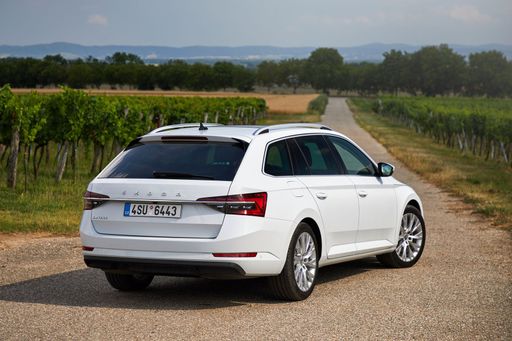 @ Skoda Presse Deutschland
@ Skoda Presse Deutschland
VW Caddy Compact Van
The VW Caddy small van is a versatile option for those seeking a practical and efficient transporter. With its sleek design and innovative features, it caters well to both business needs and everyday convenience. The interior is thoughtfully designed, offering comfort and ample space for cargo or passengers, making it a reliable choice for various tasks.
details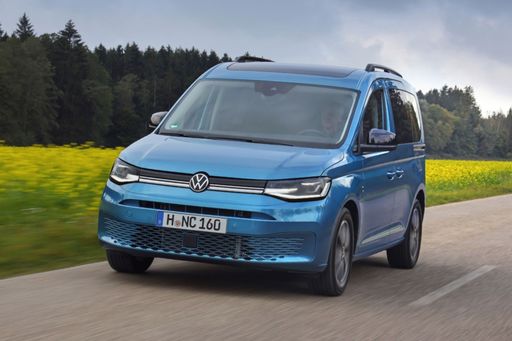 @ vwpress
@ vwpress
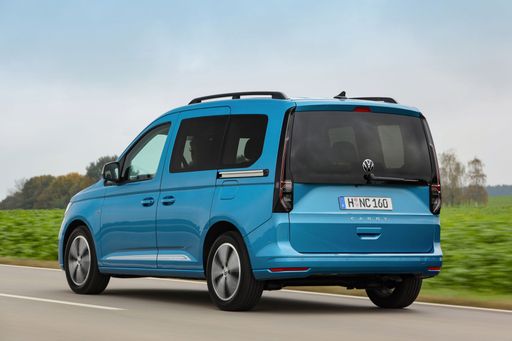 @ vwpress
@ vwpress
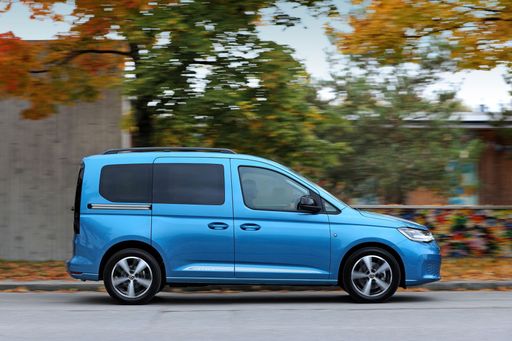 @ vwpress
@ vwpress
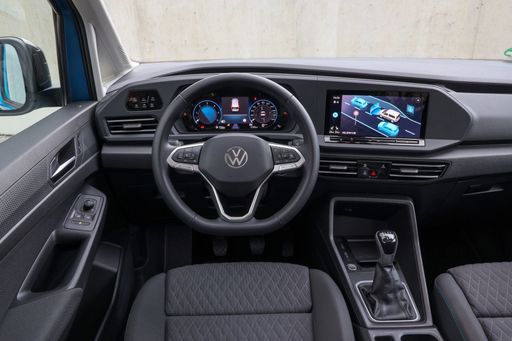 @ vwpress
@ vwpress

|

|
|
|
|
Costs and Consumption |
|
|---|---|
|
Price
35200 - 51000 £
|
Price
25800 - 42300 £
|
|
Consumption L/100km
0.4 - 7.8 L
|
Consumption L/100km
0.5 - 6.8 L
|
|
Consumption kWh/100km
-
|
Consumption kWh/100km
-
|
|
Electric Range
124 - 134 km
|
Electric Range
117 - 120 km
|
|
Battery Capacity
19.70 kWh
|
Battery Capacity
19.70 kWh
|
|
co2
8 - 178 g/km
|
co2
11 - 154 g/km
|
|
Fuel tank capacity
45 - 66 L
|
Fuel tank capacity
50 L
|
Dimensions and Body |
|
|---|---|
|
Body Type
Estate
|
Body Type
Cargo Van
|
|
Seats
5
|
Seats
2
|
|
Doors
5
|
Doors
4 - 5
|
|
Curb weight
1575 - 1853 kg
|
Curb weight
1442 - 1818 kg
|
|
Trunk capacity
510 - 690 L
|
Trunk capacity
-
|
|
Length
4902 mm
|
Length
4500 - 4853 mm
|
|
Width
1849 mm
|
Width
1855 mm
|
|
Height
1482 mm
|
Height
1819 - 1823 mm
|
|
Max trunk capacity
1770 - 1920 L
|
Max trunk capacity
3100 - 3700 L
|
|
Payload
497 - 584 kg
|
Payload
628 - 759 kg
|
Engine and Performance |
|
|---|---|
|
Engine Type
Plugin Hybrid, Petrol, Petrol MHEV, Diesel
|
Engine Type
Petrol, Diesel, Plugin Hybrid
|
|
Transmission
Automatic
|
Transmission
Manuel, Automatic
|
|
Transmission Detail
Dual-Clutch Automatic
|
Transmission Detail
Manual Gearbox, Dual-Clutch Automatic
|
|
Drive Type
Front-Wheel Drive, All-Wheel Drive
|
Drive Type
Front-Wheel Drive, All-Wheel Drive
|
|
Power HP
150 - 265 HP
|
Power HP
102 - 150 HP
|
|
Acceleration 0-100km/h
5.7 - 9.3 s
|
Acceleration 0-100km/h
-
|
|
Max Speed
220 - 250 km/h
|
Max Speed
175 - 186 km/h
|
|
Torque
250 - 400 Nm
|
Torque
220 - 320 Nm
|
|
Number of Cylinders
4
|
Number of Cylinders
4
|
|
Power kW
110 - 195 kW
|
Power kW
75 - 110 kW
|
|
Engine capacity
1498 - 1984 cm3
|
Engine capacity
1498 - 1968 cm3
|
General |
|
|---|---|
|
Model Year
2024 - 2025
|
Model Year
2024
|
|
CO2 Efficiency Class
B, E, F, D, G
|
CO2 Efficiency Class
E, B
|
|
Brand
Skoda
|
Brand
VW
|
Is the Skoda Superb Combi offered with different drivetrains?
The Skoda Superb Combi is available as Front-Wheel Drive or All-Wheel Drive.
The prices and data displayed are estimates based on German list prices and may vary by country. This information is not legally binding.
